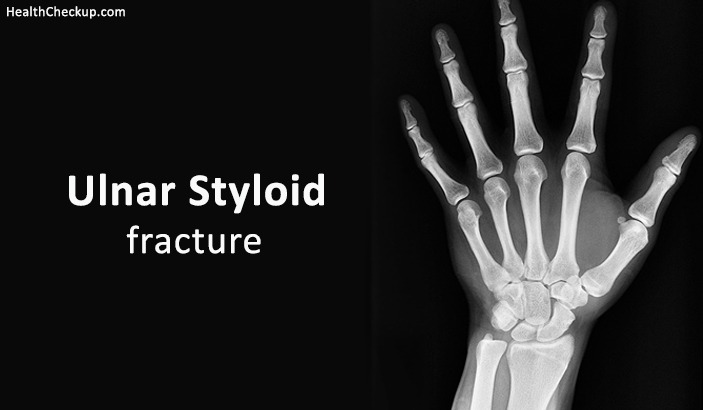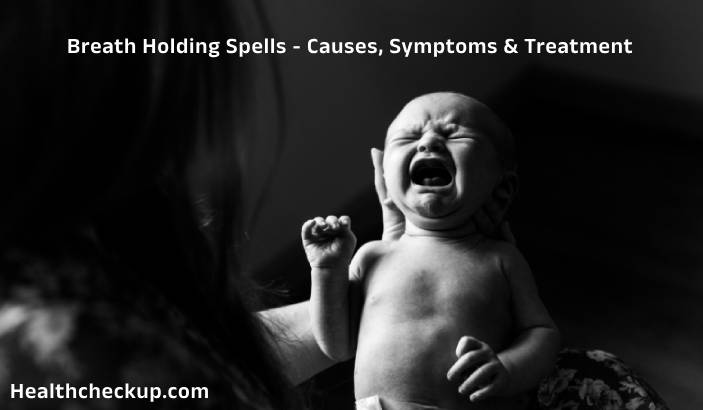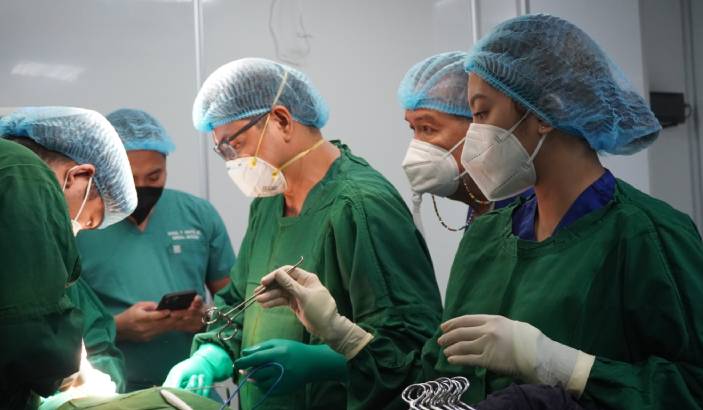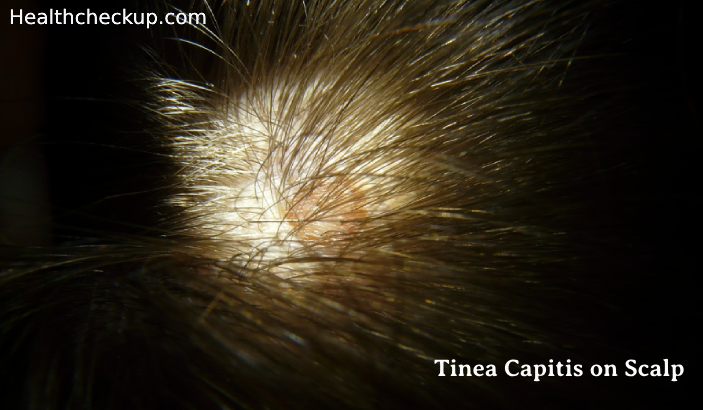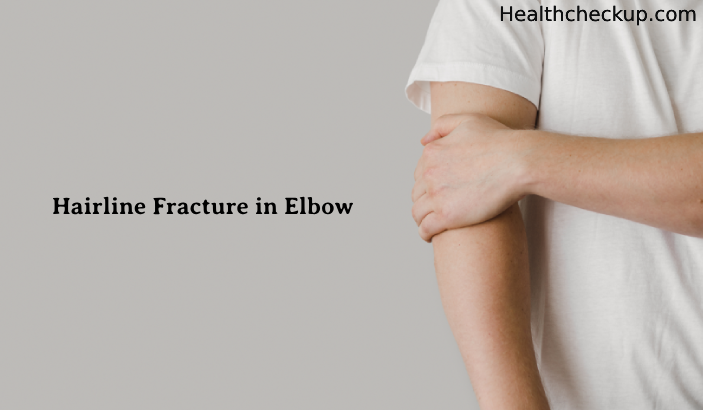A wrist fracture can be of different types. There are many bones that are found in the surrounding area of this joint. So, there can be a different kind of fractures of the wrist. One of the most common types of wrist fracture is known as the Distal Radius Fracture. More often than not, the distal radius fracture is accompanied by the Ulnar Styloid Fracture. To understand what needs to be done to heal the fracture of the ulnar styloid, you first need to understand what it is and how it comes about.
What Does a Fracture in the Ulnar Styloid Mean?
The Ulnar Styloid is present at the end of the forearm. It is commonly known as the Ulna. The fracture of the ulna extends from the distal tip going all the way up to the styloid base. If there is no displacement during the fracture, this fracture may go unnoticed in an X-ray. If the fracture has been caused near the base, then it may make the distal radio-ulnar joint unstable. Ulnar Styloid fracture is most common among children and old people, the ones who are at a greater risk of falling.
What are The Different Causes of this Fracture?
The first and most common cause for the fracture of the ulna is a fall. More specifically, a fall with your arm outstretched. When you fall with an outstretched arm it causes a significant amount of trauma which in turn causes the fracture; but only if the fall is from over a particular height. Another cause of ulnar styloid fracture is osteoporosis. Osteoporosis is the name that is given to the state of decreased bone strength in a person’s body.
What are the Different Symptoms of this Kind of a Fracture?
There are different symptoms of an ulnar styloid fracture. Sometimes, it may not be detected by the X-ray machines. This usually happens when the fracture does not cause any displacement of the bones. While displacement makes it easier for detection during an X-Ray, without displacement, this kind of fracture might just go unnoticed. Here are some of the most common symptoms that will help you detect a fracture in your ulna.
Swelling:
If your wrist swells after a fall then there are chances that you have experienced a fracture in your ulnar styloid. Also, if you have put a lot of pressure on your wrist while working and it swells, that might also be a result of the fracture of the ulna.
Tenderness:
If your wrist pains with a mere feathery touch, and then there most definitely is a fracture in the ulna.
Loss of Wrist Motion:
The moment you face difficulty in moving your wrist, you need to look for ulnar wrist pain treatment as it is a symptom of a fracture in the ulna.
Bruises:
Another common symptom of a fracture in the ulna are bruises on the skin over your wrist.
Treatments for the Ulnar Styloid Fracture
If the ulnar styloid fracture takes place along with the distal radius fracture, then you do not need any treatment for it. It tends to heal with time. If there is a displacement, then it can be treated with the help of a cast. Wearing a cast for at least three weeks, sometimes even four can be helpful. But if the fracture is deep enough to affect the radioulnar joint, thereby making it unstable then you need to treat it through surgery by fixing the unstable area with a K wire and a screw to put it into place. However, most of the times, these fractures are not serious and get better with time or a simple cast.
What are Some of the Precautionary Measures for Fast Healing?
The healing of an ulnar styloid fracture can be done best through exercise. Start with slight movements and slowly move into full circular or sideways movement as the pain reduces. The more you move it, the faster you get better. The main thing is to keep your wrist moving without fearing further pain. If you keep it immobilized for long, it may create permanent problems. So, exercise away!
While a simple ulnar styloid fracture can be taken care of in the emergency room of a hospital, the serious ones cannot be fixed there. To fix those deep fractures which cause the instability of the radioulnar joint, you need to consult an orthopedic surgeon. The moment you feel that you have been affected seriously, contact the best orthopedic surgeon around.
Medically Reviewed By


